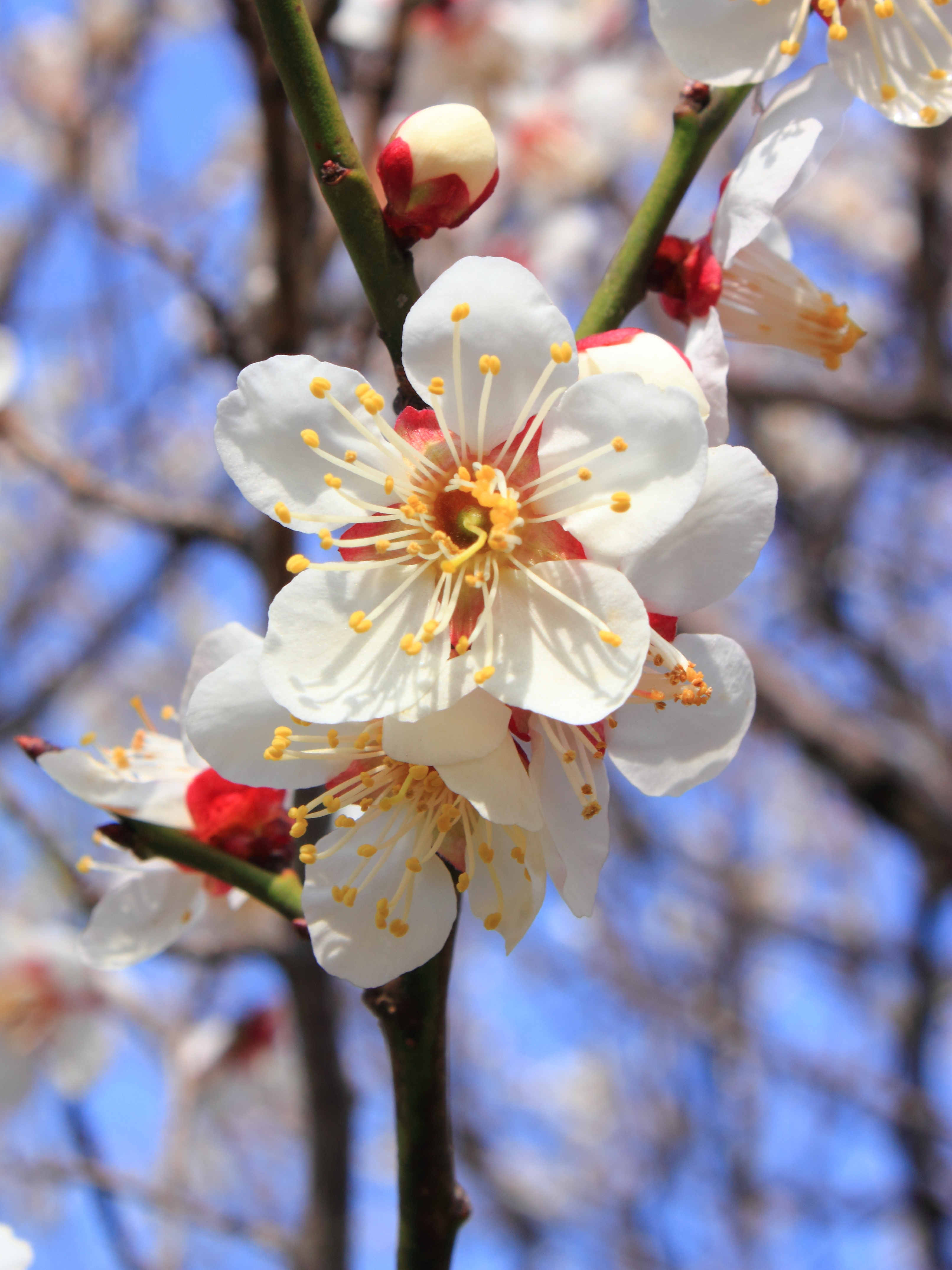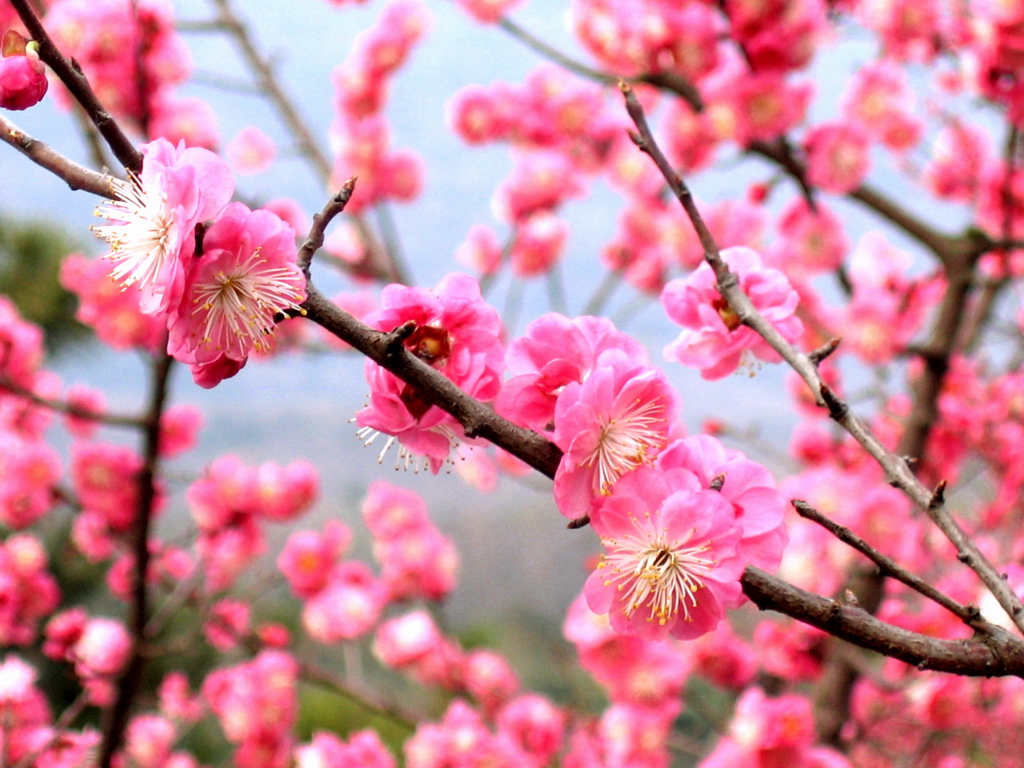National Symbols: National Flower
Plum Blossom (common name)
Prunus mume (scientific name)
Designation
Official
Also Known As
Meihua, Chinese plum, Japanese apricot, flowering plum
Classification
- Kingdom: Plantae
- Division: Magnoliophyta
- Class: Rosids
- Order: Rosales
- Family: Rosaceae
- Genus: Prunus
- Species: P. mume
The Flower
Flowers, which appear around January until late-February in East Asia, are in varying shades of white, pink, and red. They are 2–2.5 centimeters (0.79–0.98 inches) in diameter and have a strong fragrant scent.
Physical Details
Duration: Perennial
Plant: Tree
Mature Height: 4–10 meters (13–33 feet)
Flowering: January and February
Flowers: 2–2.5 centimeters (0.79–0.98 inches) diameter
Flower Color: Shades of white, pink, and red
Leaves: 4–8 cm (1.57–3.15 in) long and 2.5–5 cm (0.98–1.97 in) wide; shortly after the flower's petals have fallen, oval-shaped leaves appear with pointed tips
Fruit/Seed Color: Green, then yellow, and sometimes with a red blush
Habitat
Location: Sparse forests, along streams, and forested slopes at altitudes of up to 1,700 m (5,577 ft).
Range: An East Asian and Southeast Asian tree species that may have originated around southern China's Yangtze River before being introduced to Japan, Korea, Taiwan, and Vietnam.
Trivia
- In China, there are more than 300 recorded types of Prunus mume.
- The tree's fruit, often referred to as a plum despite being more closely related to the apricot, is used to make juice, condiments, liquor, medicine, and preserves.
- The flower has long been a subject of traditional painting and poetry in East Asia and Vietnam. Taiwan's national flower also is the plum blossom.
Copyright © 1993—2025 World Trade Press. All rights reserved.

 China
China 
